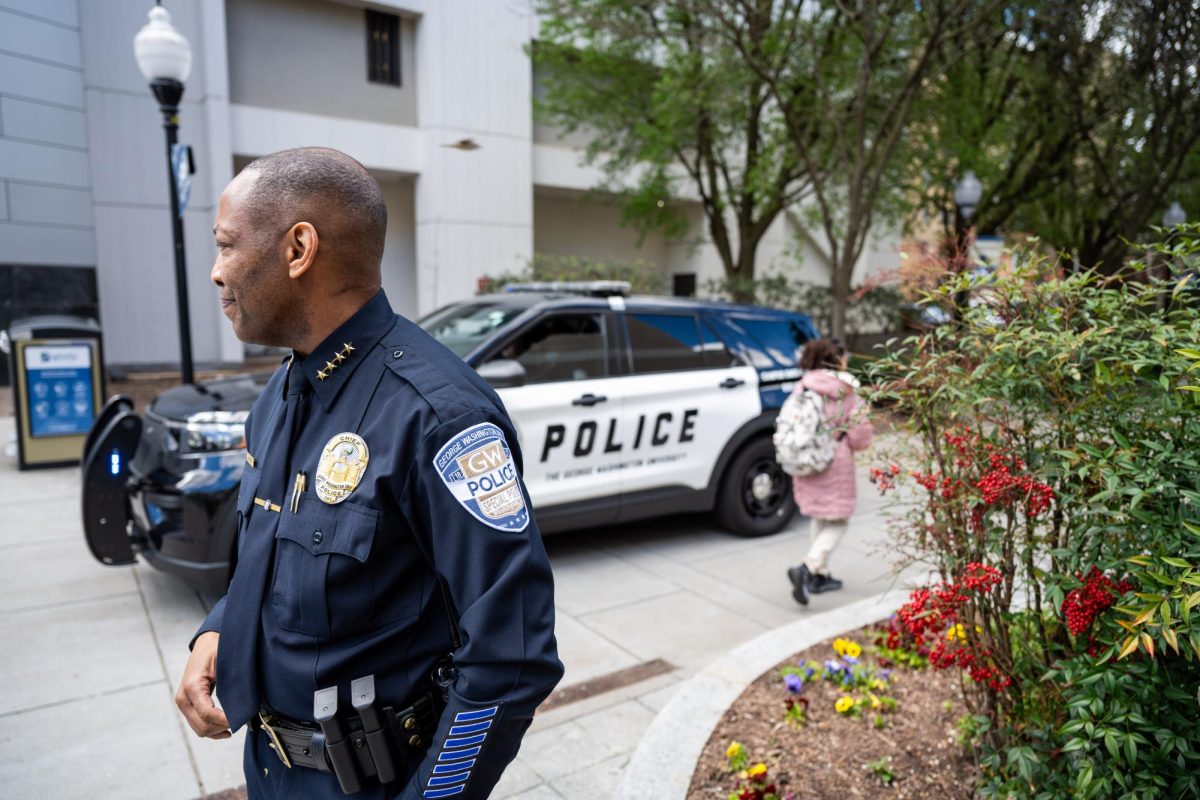The Foggy Bottom-West End area needs additional support for businesses, according to a D.C. study released last month.
The DC Department of Small and Local Business Development commissioned a study, released Dec. 19, finding 63 percent of businesses in the Foggy Bottom-West End area report sales below pre-pandemic levels, with high vacancy rates in the Watergate and Columbia Plaza. The report outlines how officials could implement a DC Main Street Program, which supports retail in the area by recruiting businesses and improving properties, per the DSLBD.
Ward 2 Councilmember Brooke Pinto said in her December newsletter she will work to fund a Main Street Program in the area under next year’s DSLBD budget.
Four businesses have closed in the Watergate since 2019, and the complex has a vacancy rate of 60 percent. Three businesses have closed in Columbia Plaza since 2019, with a vacancy rate of 28 percent and seven total businesses.
The study finds that the Foggy Bottom Association should manage a Main Street program in the area because of its “capacity, experience and local presence.” Foggy Bottom Association President John George said the association has “long considered” a Main Street program, and he thinks it will positively impact the community.
“We have been waiting for the release of the study to take further steps, and this topic will be on the top of our FBA agenda in the new year,” George said in an email.
The study finds a Main Street program is preferable to establishing a new Business Improvement District, organizations established in other D.C. neighborhoods like Dupont Circle and Adams Morgan that provide services like increased security, homeless and youth services, and improvements to capital like street furniture and lights. The study states the Foggy Bottom area is not dense enough to support the additional tax associated with BIDs.
The study finds that the Foggy Bottom Association should manage a Main Street program in the area because of its “capacity, experience, and local presence.” It also notes GW and the Kennedy Center “have potential to be key partners and supporters.”
The study found 17,773 people living within the study area, which spanned the area between 17th Street, M Street NW, Rock Creek Parkway and Constitution Avenue NW to the south. It found more than three-quarters of residents, over 14,000, live in the Foggy Bottom area south of Pennsylvania Avenue.
The study found the median income in Foggy Bottom slightly lower than that in West End, at $82,779 and $108,040, respectively.
The study catalogs 286 businesses in the area, finding Foggy Bottom has a higher rate of vacancy for retail locations at 22 percent.





